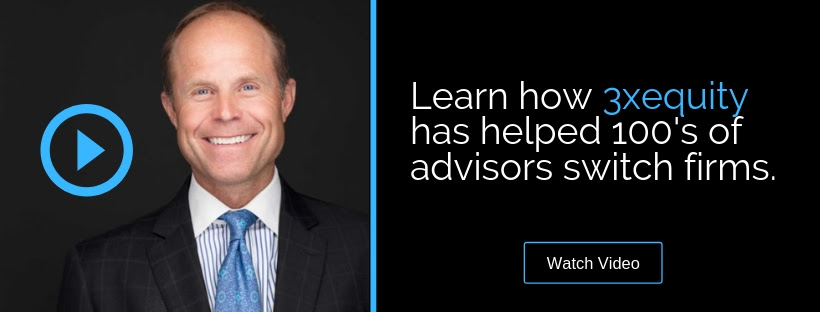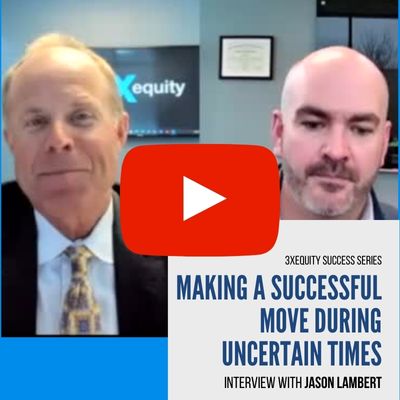The DOL fiduciary rule, which requires financial advisors to act in the best interests of their clients in retirement accounts, is set to be implemented April 20. Proponents of the rule say it will protect middle class workers and retirees from inappropriate high-fee investments that erode savings. However, financial industry lobbyists are pressing newly-elected president Donald Trump to roll back or delay the regulation. They argue the new rule is too complex; too risky—potentially exposing advisers to class-action lawsuits; and too expensive—especially for consumers.
The Trump administration cannot simply remove the advice regulation from the books. Instead, it must work with Congress to pass a new law overturning the regulation, hope for the court system to overturn it, or use the regulatory process to reverse previous regulations. None of these actions is quick.

While the status of the rule is still unclear, the DOL continues to plan for its implementation. In mid-January, days before the inauguration, the DOL released a 17-page, 35-question FAQ that outlines what is, and what is not, a covered “recommendation.”
In general, only those communications with your clients that include a “call to action,” such as a suggestion that a client buy, hold, or sell a particular investment, are considered “recommendations” that are covered under the fiduciary rule. In addition, if a “reasonable person” views your communication as a recommendation, the DOL will also.
The DOL FAQ adds, “The more individually tailored the communication is to a specific [client], the more likely the communication will be viewed as a recommendation.” For example, if you provide a curated list of securities to a specific client as appropriate securities for that client, then that list will be considered a recommendation, even if you do not recommend any specific security in the list.
In addition, you, as the advisor, must also receive a fee or other compensation for a communication to be considered covered investment advice. Compensation includes any explicit payment as well as any other type of payment that occurs in connection with the advice you’ve given, such as commissions, loads, finder’s fees, revenue sharing payments, shareholder servicing fees, marketing or distribution fees, underwriting compensation, gifts or gratuities, and expense reimbursements.
Other examples of “recommendations” covered under the fiduciary rule include:
- A recommendation to buy, hold, sell, or exchange securities or other investment property
- A recommendation to invest securities or other properties after the securities or property are rolled over, transferred, or distributed from a plan or IRA
- Recommendations as to the management of securities or other investment properties
- Recommendations of other people to provide investment advice or investment management services
Fortunately, not every communication you have with your clients about retirement will fall under the fiduciary rule regarding advice. Information and materials that describe the terms or operations of a plan or IRA are considered educational, and exempt from the rule. Other educational communications include:
- Product features of investment alternatives available under a plan or IRA
- General financial, investment, and retirement information
- Certain asset allocation models
- Interactive investment materials
Communicating with your employees during the course of their normal job responsibilities about your clients, and the recommendations for your clients, do not count as covered recommendations, unless that communication is directly forwarded to your clients. In addition, employees who build models, reports, or other presentations that include recommendations, and are intended for your clients, are not covered under the fiduciary rule.
And if your clients don’t take your advice? If a client chooses to act against your recommendation, for example holding a security when you recommend selling, you are not liable.




